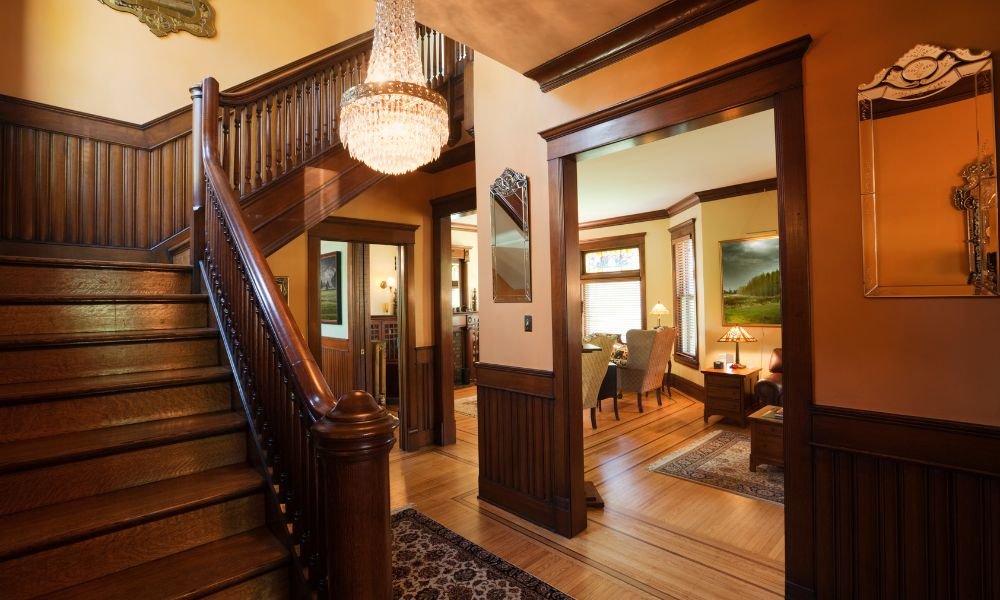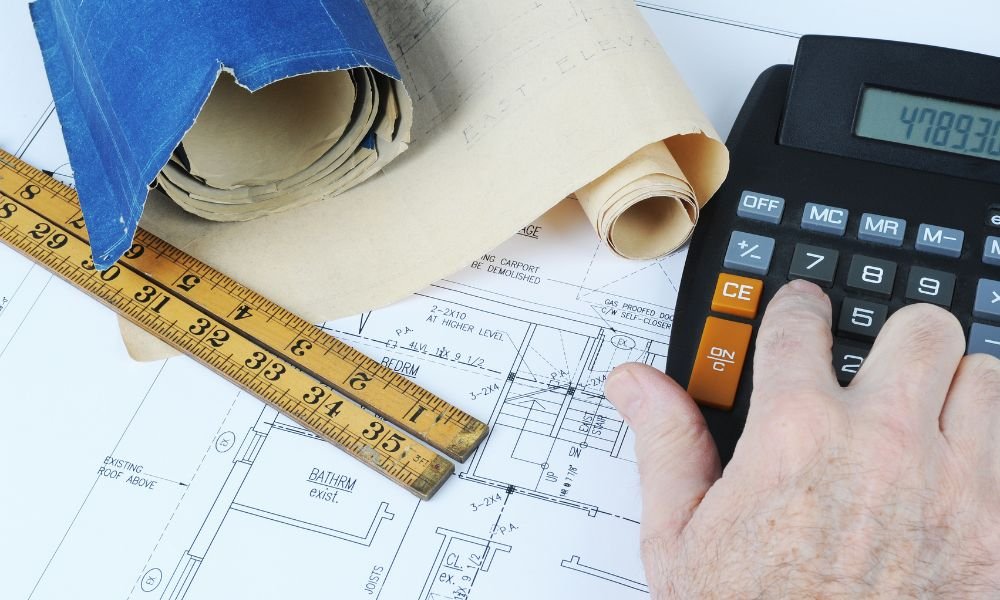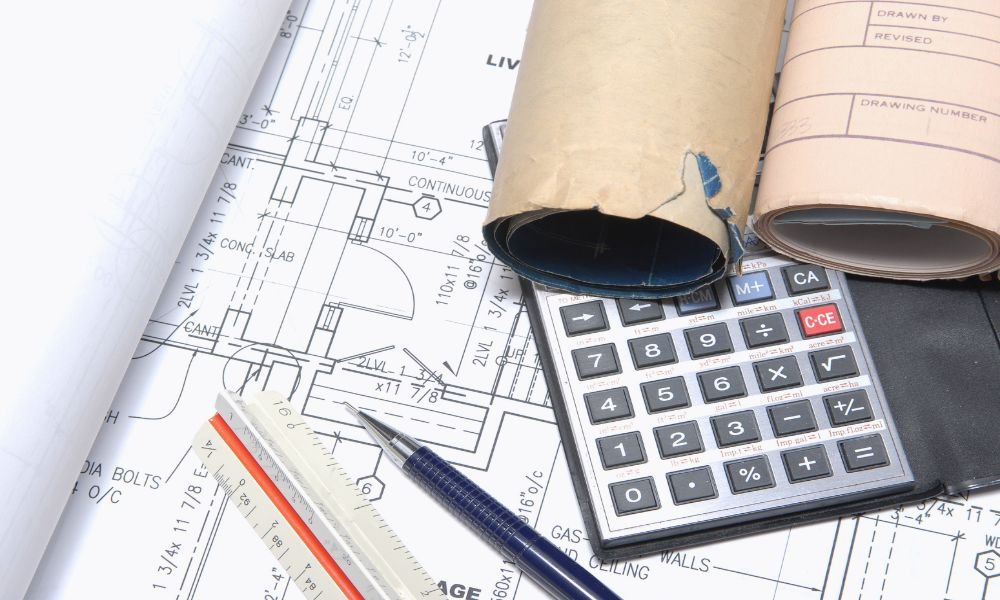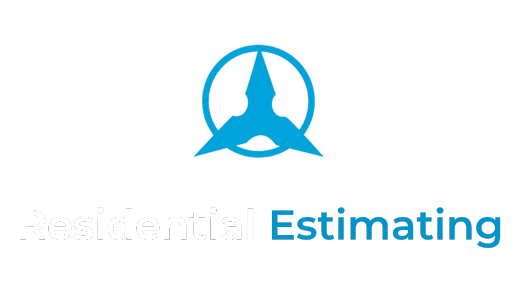Estimating the cost of building a house is a crucial step in any construction project, and with the right approach, you can calculate it like a seasoned professional. While every project is unique, certain key factors play a pivotal role in determining the overall cost.
By understanding these elements and following a structured approach, you can ensure that your home construction stays within budget. In this comprehensive guide, we’ll walk you through the secret formula to calculating house construction costs like a pro, ensuring you’re well-prepared to manage your project efficiently.
1. Start with the Basics: Cost per Square Meter
The foundation of any house construction cost estimate is the cost per square meter. In Australia, the cost typically ranges from $1,600 to $3,900 per square meter, depending on factors such as location, design, and the type of materials used. For example, building in a suburban area may be less expensive than constructing a house in a high-demand urban setting where labor and materials come at a premium.
- Budget Construction: $1,600 – $2,400 per square meter.
- Mid-Range Construction: $2,500 – $3,200 per square meter.
- Luxury Construction: $3,500+ per square meter.
The overall size of your house is one of the first things you should determine when estimating construction costs. Larger homes with more complex designs tend to cost more due to the additional materials and labor required. Additionally, custom-built homes with unique features can push the cost up, while standard designs will generally be more affordable.
2. Factor in the Location
Location is another crucial factor in determining the cost of building a home. Different regions in Australia have different pricing for labor, materials, and even permits. Building in metropolitan areas, where demand for construction services is high, will naturally be more expensive than building in regional or rural areas.
- Urban Areas: Higher costs due to increased demand and limited availability of land.
- Rural Areas: Potentially lower costs but may involve higher transportation fees for materials and labor.
Keep in mind that the local building codes and regulations in your area can affect your budget. These regulations may require specific materials or methods that could increase construction costs. Always ensure that you are familiar with the rules in your area to avoid unexpected expenses.

3. Design and Complexity of the Home
The design and complexity of the house play a significant role in cost estimation. A simple, single-story home with a standard layout will cost much less than a multi-story house with custom features. Here’s a breakdown of how the design impacts construction costs:
Single-Story Homes:
Generally less expensive to build, as they require fewer materials and less labor.
Multi-Story Homes:
More expensive due to the need for additional materials, structural reinforcement, and more complex labor requirements.
When planning your home, consider whether you need any custom features such as large windows, high ceilings, or open-plan living areas. These can all add to the cost due to the extra materials and labor required. To control costs, it’s often more affordable to stick to a standard design rather than opting for custom features.
4. Breaking Down Material Costs
Materials account for a large portion of house construction costs. The choice of materials—whether high-end or standard—can significantly impact your budget. Some of the major material categories include:
- Foundation: The cost of laying the foundation depends on the type of soil, site conditions, and the type of foundation required (slab, stumps, etc.).
- Framing: Timber is a popular choice in Australia, but steel framing is also an option for certain projects. Material costs vary depending on the house size and design.
- Roofing: Options include concrete tiles, metal sheets, or terracotta tiles. The choice you make will affect both the cost and the look of your home.
- Finishes: These include flooring, countertops, cabinetry, and fixtures. High-end materials like granite or marble will increase your overall budget, while standard materials will help keep costs down.
While opting for premium materials can enhance the aesthetics and durability of your home, it’s important to balance quality with your budget. You don’t want to overspend on unnecessary luxuries while neglecting essential construction elements.
5. Labor Costs: The Key to Professional Results
Labor costs will vary significantly depending on the project’s location, complexity, and size. Tradespeople such as electricians, plumbers, and carpenters have different hourly rates depending on their skill level and demand in the area. Here are a few things to keep in mind:
- Skilled Labor: Expect to pay higher rates for experienced tradespeople, particularly in metropolitan areas.
- Complex Projects: Homes with unique designs or high-end finishes may require specialized labor, which comes at a premium.
- Multiple Trades: Factor in the cost of different trades needed for various tasks (e.g., plumbing, electrical, carpentry).
When estimating labor costs, always get multiple quotes from qualified professionals to ensure you’re getting a competitive price. Working with reliable and experienced contractors is key to ensuring quality work and avoiding costly mistakes down the road.
6. Hidden Costs: Watch Out for Unexpected Expenses
One of the most common mistakes in house construction cost estimation is overlooking hidden costs. These can add up quickly and put a significant dent in your budget if not accounted for upfront. Here are some common hidden costs to be aware of:
- Permits and Inspections: Local governments require permits for most construction projects, and these can vary widely in price depending on the scope of work.
- Site Preparation: If your lot requires excavation, grading, or other preparations, these can add to the overall cost.
- Utilities and Infrastructure: Connecting your new home to water, electricity, gas, and sewer services can be costly, especially if your property is in a remote area.
- Landscaping: Often overlooked, landscaping can range from simple lawn installation to more elaborate designs, adding thousands to your budget.
It’s essential to have a contingency fund in place to cover unexpected costs. A good rule of thumb is to set aside 10% of your total budget for contingencies.

7. Professional Estimators: Your Key to Accurate Costs
The final piece of the puzzle in calculating house construction costs like a pro is to seek help from a professional estimator. Professional estimators have the tools, experience, and industry knowledge to provide a detailed breakdown of costs. They’ll consider all aspects of the project, including fluctuating material prices, labor rates, and potential delays, giving you a more accurate estimate.
Hiring an estimator can save you time and money in the long run by helping you avoid costly mistakes. They will work closely with you to ensure that your project stays within budget while delivering the best possible results.
Calculate Like a Pro
By following these steps—understanding cost per square meter, factoring in location and design, breaking down materials, accounting for labor, and being mindful of hidden costs—you’ll be able to calculate the cost of building your house like a pro. If you want to take the guesswork out of the process, consider working with a trusted estimating service like Residential Estimating.
Our expert team provides accurate and detailed cost estimates tailored to your unique project, ensuring you stay on budget and avoid costly surprises. Get in touch with us today for a free quote, and start your home-building journey with confidence!




